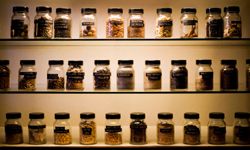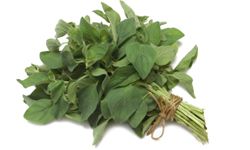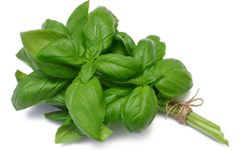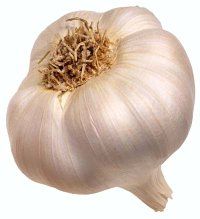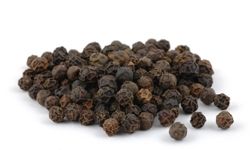When it comes to herbs and spices, the best things really do come in small packages. These aromatic additives have been used by civilizations for thousands of years not only for cooking, but also as natural preservatives, remedies for illnesses and even as a way to establish economic power. So next time you swivel your spice rack to find the perfect seasoning to make a meal complete, remember that the contents of each tiny jar have their rightful place in history -- and at your kitchen table, too.
When consumed in moderation, many of these seasonings act as a secret weapon for your health and have an interesting history all their own -- information that could be useful next time you're whipping up a quick dish. In no particular order, here are 10 must-have herbs and spices for kitchens all across the country.
Advertisement
